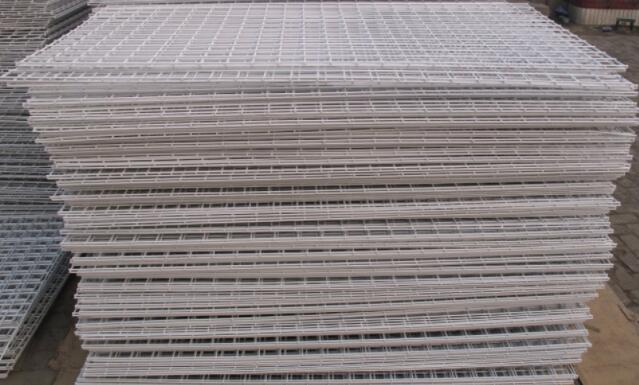The Versatility and Applications of Steel Perforated Sheet Metal
Steel perforated sheet metal is a highly versatile material that finds applications across various industries due to its unique properties and functionality. Characterized by a series of holes that are uniformly punched through the material, perforated sheets can be fabricated from various metals, but steel remains the most popular choice due to its strength, durability, and cost-effectiveness.
What is Steel Perforated Sheet Metal?
Perforated sheet metal is created by making holes in sheets of metal, which can be done using different methods, such as mechanical punching or laser cutting. The holes can vary in size, shape, and pattern, allowing for a multitude of designs that cater to specific needs. Typically, steel perforated sheets are available in various thicknesses and finishes, which can enhance their corrosion resistance and aesthetic appeal.
Key Advantages of Steel Perforated Sheets
1. Durability Steel is known for its strength, making perforated steel sheets an ideal choice for applications requiring durable materials. The sturdiness of steel ensures that the perforated sheets can withstand heavy loads and harsh environmental conditions.
2. Lightweight Despite its strength, perforated steel remains lightweight, which is beneficial in applications where reducing weight is advantageous, such as in architectural designs and automotive components.
3. Aesthetic Appeal The appearance of perforated sheet metal can add an attractive design element to projects. Available in numerous hole patterns and finishes, it can be used in modern architecture, interior design, and art installations to create visually appealing structures.
4. Ventilation and Airflow One of the main purposes of perforated sheet metal is to allow for circulation of air and light. This characteristic makes it particularly useful in HVAC systems, sound control, and as barrier walls in various environments.
steel perforated sheet metal

Applications of Steel Perforated Sheet Metal
1. Architecture and Construction Steel perforated sheets are commonly utilized in facades, canopies, sunshades, and interior dividers, contributing both functional and aesthetic qualities. They allow natural light to filter through while maintaining privacy and reducing direct exposure to sunlight.
2. Industrial Uses In manufacturing and industrial settings, perforated sheets are used for filtration, separation, and support in machinery. They can be found in conveyor belts, machine guards, and safety screens.
3. Furniture Design Many designers incorporate perforated steel sheets into furniture design, using them for surfaces, backs, and supports. Their unique designs can serve both an aesthetic purpose and a practical function, combining beauty with utility.
4. Sound Control Soundproofing materials often utilize perforated sheets to absorb sound waves and reduce noise pollution in both commercial and residential spaces. The specific hole patterns can be engineered to target particular frequencies.
5. Automotive and Aerospace In these industries, perforated sheets are used for lightweight components that need to provide ventilation and cooling. They can be found in body panels, heat shields, and various engine components, contributing to overall vehicle efficiency.
Conclusion
In summary, steel perforated sheet metal is a versatile and essential material used across diverse industries. Its combination of strength, lightweight nature, and aesthetic possibilities makes it a popular choice for architects, designers, and engineers alike. As technology advances, the methods of production and application for perforated sheets will likely evolve, opening up new possibilities for innovation. Whether in construction, manufacturing, or art, the utility and design potential of perforated sheet metal are truly remarkable, solidifying its role as a staple in modern material applications.

















